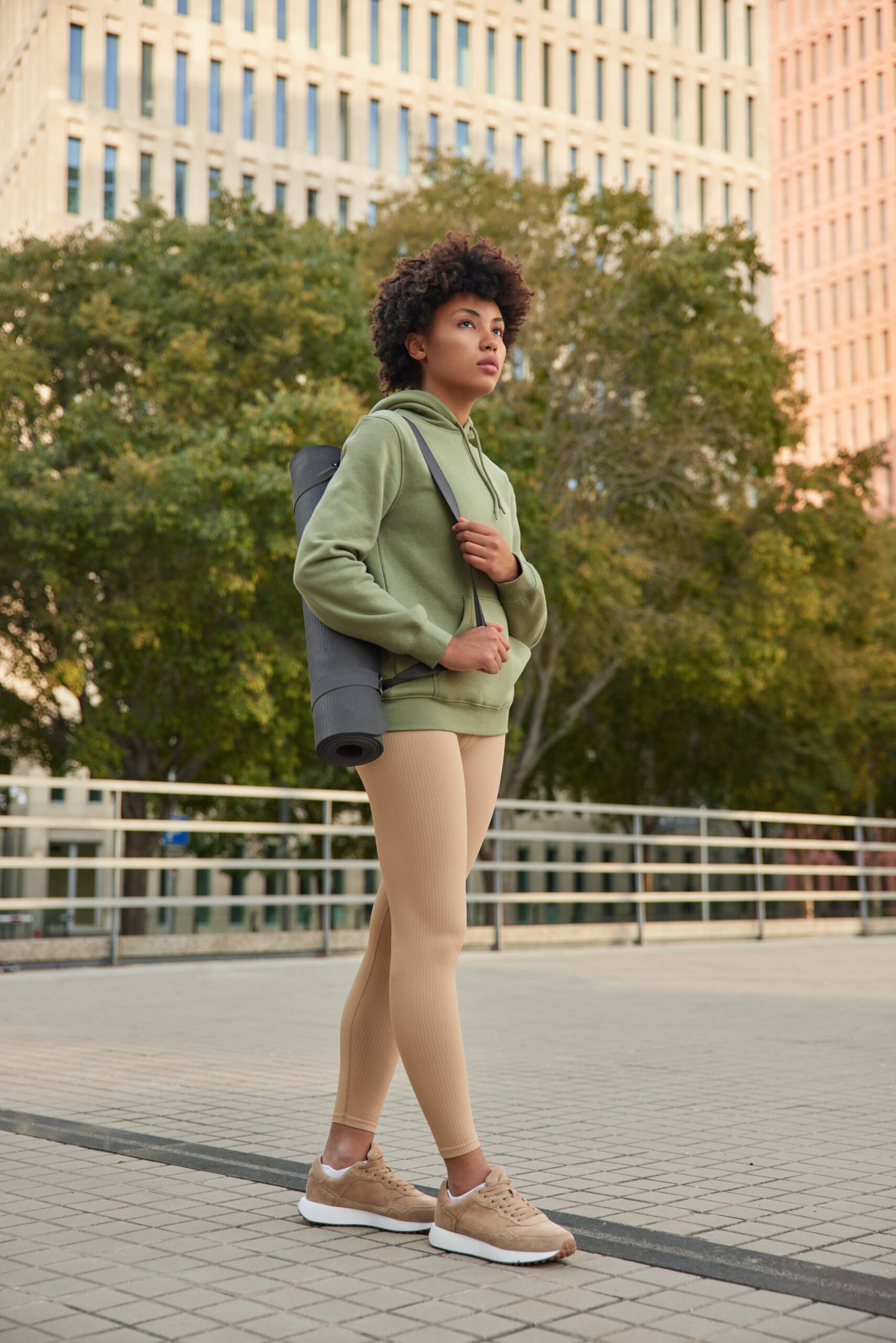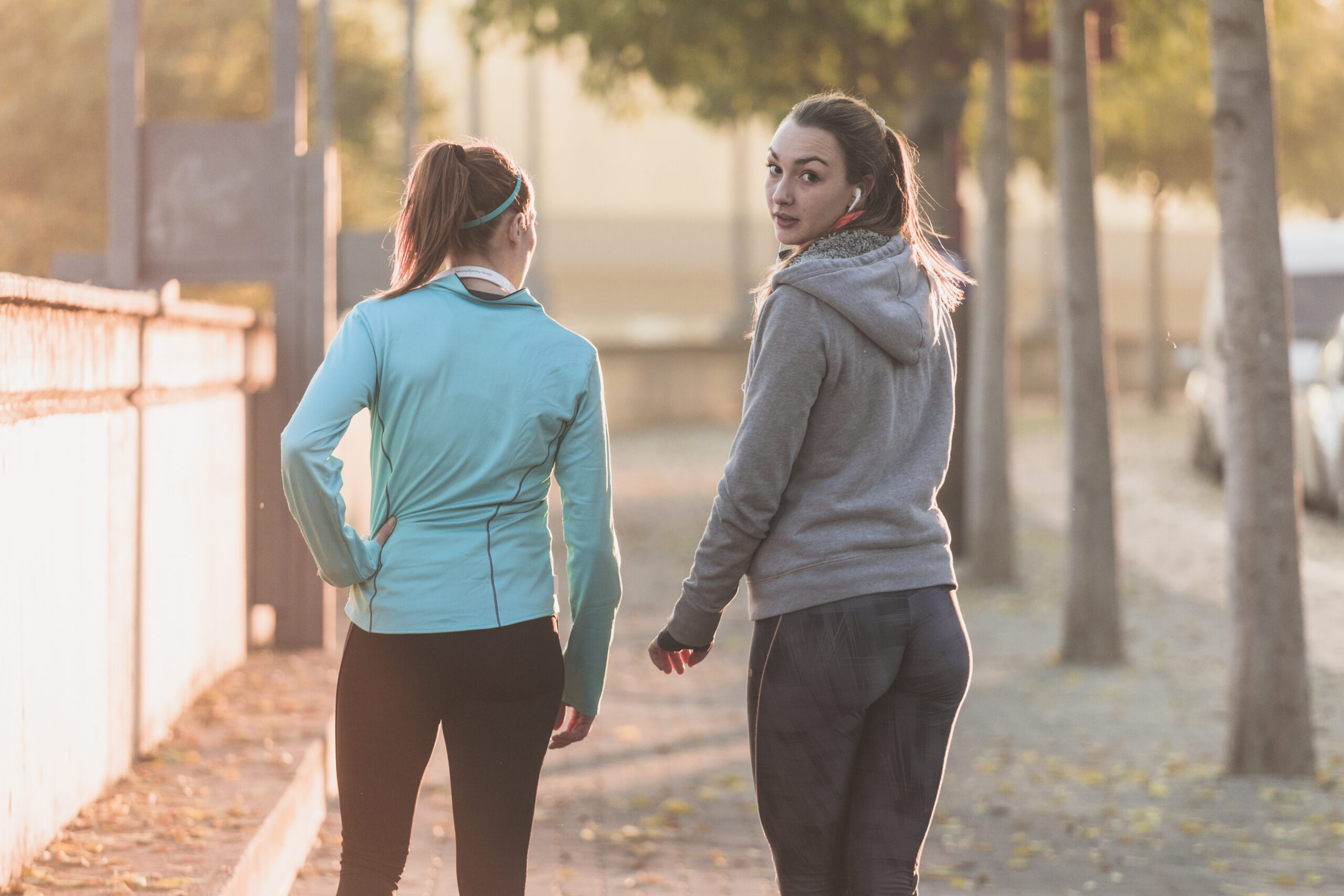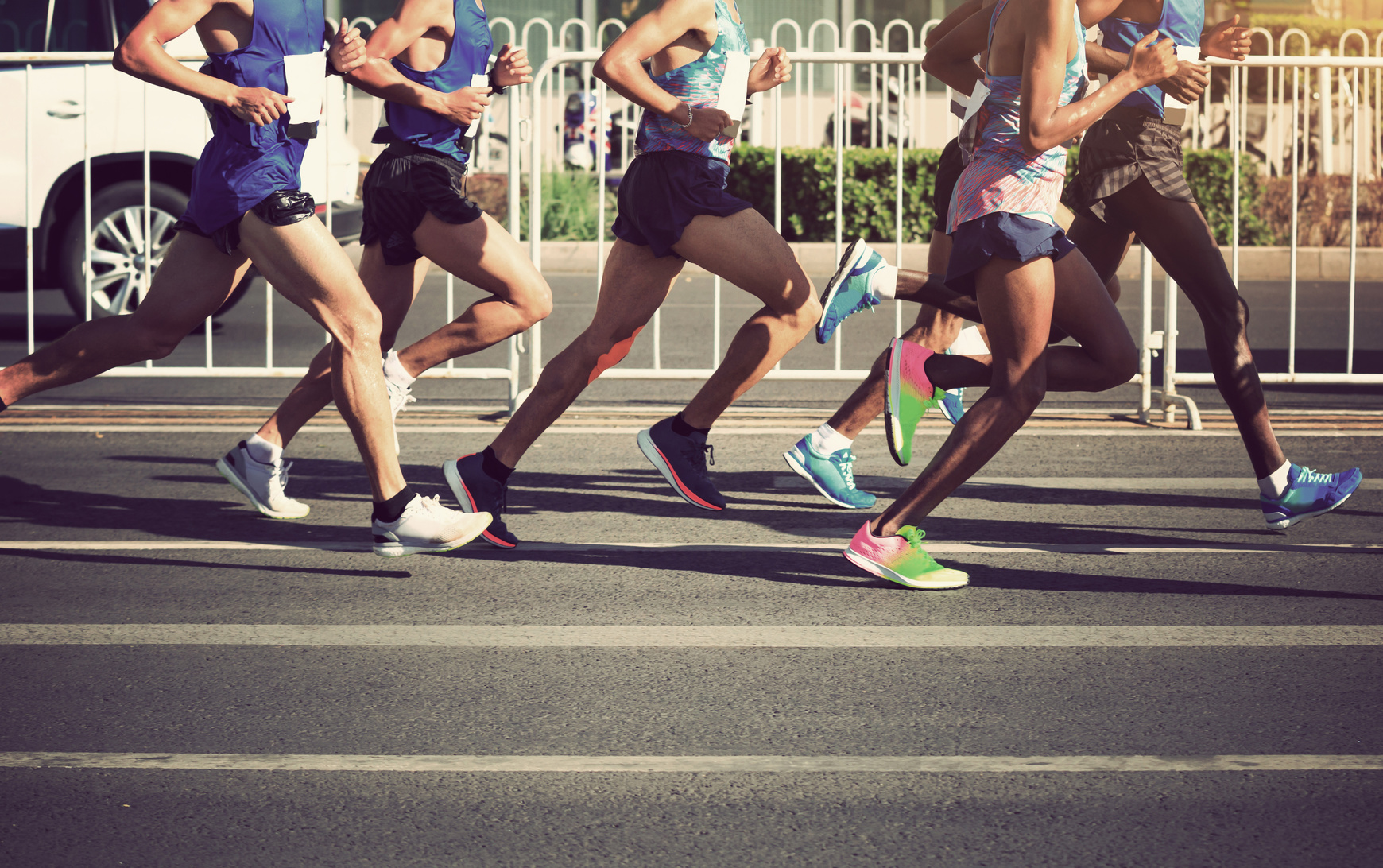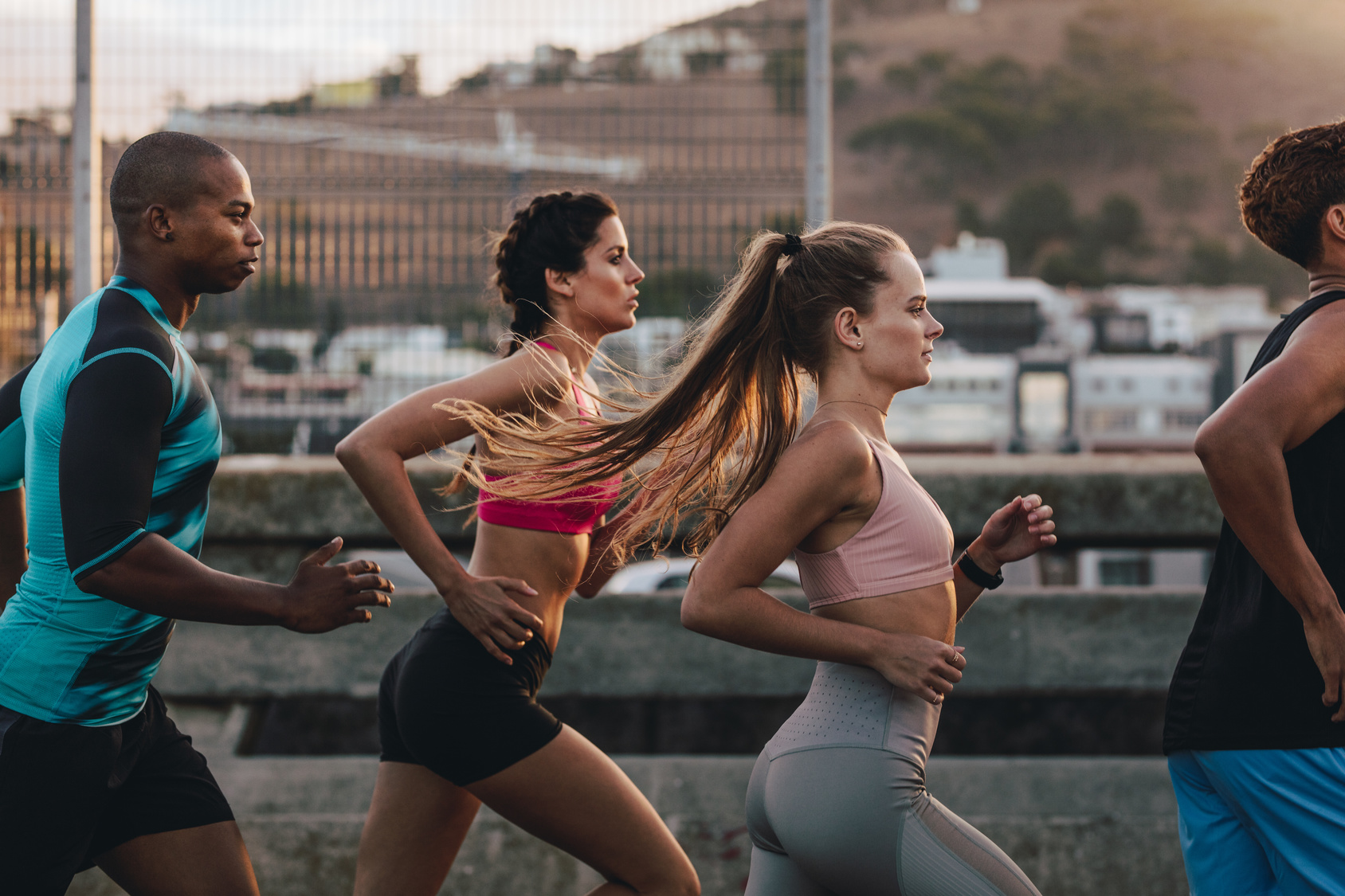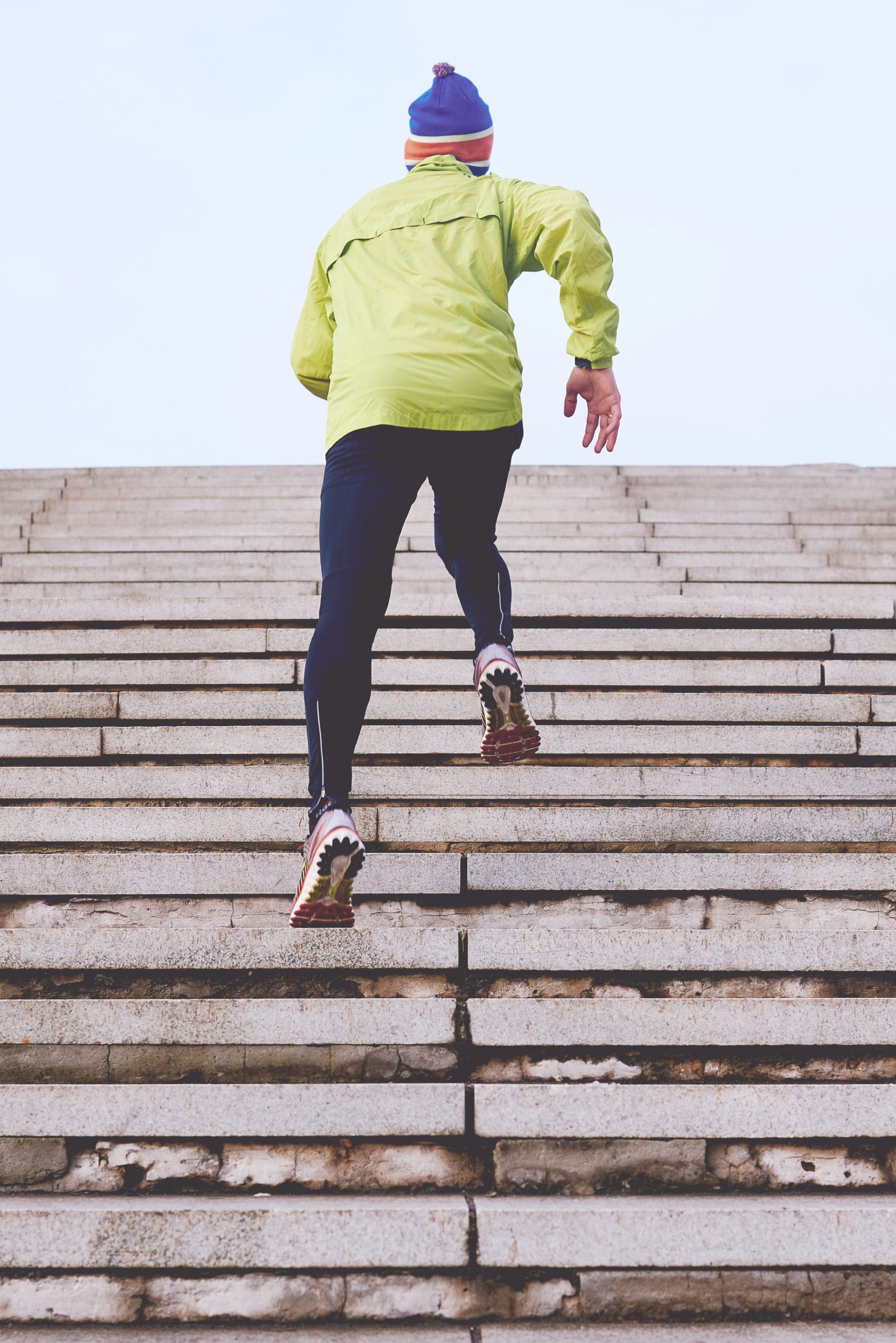Looking to push yourself to the limits? Then look no further than the Marathon Des Sables.
Touted as the toughest ultra-marathon race on earth, the Marathon Des Sables is the stuff of legends. The event consists of six days of running over 156 miles across grueling dunes, white-hot salt plains, and rocky hills—all while carrying what you need to survive the race.
In this article, I’ll dive into what the marathon des sables is all about and what it takes to get into one.
What is The Marathon Des Sables
The Marathon Des Sables, Marathon of Sands in English, is a legendary race that all serious ultra-distance runners must do at least once in their lives. French for Marathon of Sands, Marathon Des Sables, or MDS, is touted as the toughest footrace on each.
How come?
Simple. The event consists of a 250-km+ journey in seven days in one of the most unhospitable environments on the planet: the Sahara Desert of Morocco
Plus, the race is also self-supported, meaning there are no race crews, and each participant has to carry their own supplies. More on this later
The average daytime temperature in the Moroccan desert in April can go up as high as 45 degrees, and nighttime temperatures dip to below 10 degrees.
The ultramarathon event is held annually in April and welcomes runners and walkers alike.
The race is comprised of six stages and a rest day. The race is run over seven days, with the distances starting from 21 kilometers and extending to 82 kilometers per day for a total of over 250 kilometers.
During the event, the runners traverse sone-filled pains and sand dunes in a dry climate where midday temperatures easily reach 120 degrees F—or around 50 degrees C.
Additional resource – Marathon pace chart
The Difficulties of Running The Marathon of Sands
The race takes place in the Sahara desert in Morocco, North Africa, with two challenges: heat and sand.
During the grueling race, you’ll experience the glaring sun and temperature up to 50 degrees C. Imagine running six marathons in a hot oven while carrying over 22 pounds of supplies over your back—That’s the marathon des sables n a nutshell.
During the race, you’ll encounter sand and lots of it. The sand dunes can stretch for over 7 miles. You’ll also have to drag yourself up near-vertical mounts of rocks with over 1000 meter of elevation.
The race will be hard. As you make your way through the world’s largest scorching desert, your feet will blister, swell, crack, and bleed. You’ll log the miles through the burring days and freezing nights to reach the finish line.
This is why not everyone crosses the start line makes it to the finish line. It’s not uncommon that around 30 to 40 percent of runners often drop out before reaching the finish line. Talk about a DNF machine!
What’s more?
The Sahara desert is also home to over 20 species of snakes and ten scorpions—all evil.
However, these tend to be night creatures (so it better make it to the finish line before sunset).
Additional Reading – Here’s your guide to obstacle race course training.
The Rules of Marathon Des Sables
The MDS has many rules (some of which go beyond the scope of this article).
The Marathon Des Sables consists of six stages, five of which are competitive stages. The final stage is a non-competitive, “fun” charity stage.
The rules state that you should be self-sufficient. This means that each participant must carry on their back everything they need for the race except the water needed to survive.
That includes their own gear, such as food, water ratios supplied by the race organizers, survival tools, camping materials, etc. The race rules state a minimum of 2000 calories worth of food and drink.
As for water, the race organizers will provide you with 10 to 12 liters of water per day, depending on the stage. Specifically, every runner gets 1.5 liters in the morning and around 1.5 to 4.5 liters at every checkpoint every six to nine miles during each stage.
Additional Guide – What’s The Fastest Marathon Time?
When Is The Marathon Des Sables
The Marathon Des Sables usually takes place during the first two and half weeks of April each year, which is springtime in the Sahara desert.
For the 2023 event, the race will be run between 21 April to 1 May.
What to Carry
Backpack should weigh around 14 to 36 pounds, including food (without water). Each pack is checked the day before the race for the required supplies, which include:
- backpack
- lighter
- topical disinfectant
- sleeping bag
- Ten safety pins
- a whistle
- a signaling mirror
- head torch and a complete set of spare batteries
- anti-venom pump
- 200 euros
- one tube of sun cream
- compass, with 1° or 2° precision
- knife with a metal blade
- one aluminum survival sheet
- identity card
- an original medical certificate signed by the doctor
- original ECG and its tracing
- passport or ID card
- survival blanket
How Does The Marathon Des Sables Work?
The Marathon Des Sables is a six-stage race during which runners cover the distance of a marathon for the first three days each day. The exact race course is undisclosed, but the distance—126 miles—is the contrast and will be divided into six stages over seven days.
The event course changes yearly and is only revealed a few weeks before event day. Therefore, the distances may change, and each stage’s length gets the most attention.
The main part of the event—during which you earn the medal—is the five-stage run over six days, covering around 156 miles or 250 kilometers. On day 4, participants will cover roughly a double marathon distance, then rest on day five, and day 6 is the event’s last day.
The race course is marked around every 500 meters, and checkpoints are strategically set on the course every five to nine miles. Runners get into a tent to check in, have a medical check get water, and dump trash before venturing out again.
Additional Resource – Here’s your guide to hydration running vests
How long Does It Take to Run The Marathon Des Sables
According to the official stats, the average pace for the fastest runners is around 7-minute miles, whereas the slowest is upwards of 20-minute per mile.
In 2022, the first-place male completed the race in around 18 hours, while the women’s winner got around in 24 hours.
Additional resource – Here’s how to avoid a DNF in a race
How To Enter The Marathon Des Sables
If you’re considering joining the Marathon des Sables, then know that the scorching heating and unforgiving desert aren’t the only things to brace for.
See, MDS is expensive. REALLY Expensive.
Last year, The Marathon Des Sables costs approximately 4,000 USD per person.
For US runners, the fee includes travel from Europe to Morocco but not trans-Atlantic flights. You’ll be provided with food, expect during the event when you go into self-sufficient mode.
That’s not the whole story.
You’ll also need to buy the kit. Once you’re done with the sleeping bag, shoes, gaiters, stove, etc., you can easily spend around 6,000 USD. This might force you to take out a small mortgage to join the race.
Additional Resource – How Many Calories Should a Runner Eat
How to Sign Up
The entry to Marathon of Sands varies depending on your country of origin.
US and International residents sign via Marathondessables.com.
UK residents sign up via Marathondessables.co.uk.
Every year, roughly 1,200 spots for grabs tend to fill up fast. Therefore, you may consider signing up for the event two years beforehand. This should also allow you more time to train.
More Rules
The MSD organization lists a number of requirements to compete. These include;
- Accepting the rules that govern the race
- Meeting payment deadlines
- Meeting dealing for coemption for sign-up forms
- Providing an ECG and Medical certification signed by a doctor
- Dealing with any chronic disease? You’ll need to provide a sealed letter addressed to the Medical director
Taking out insurance that will cover you for cancellation in case you get injured or ill before the race.
Additional resources

